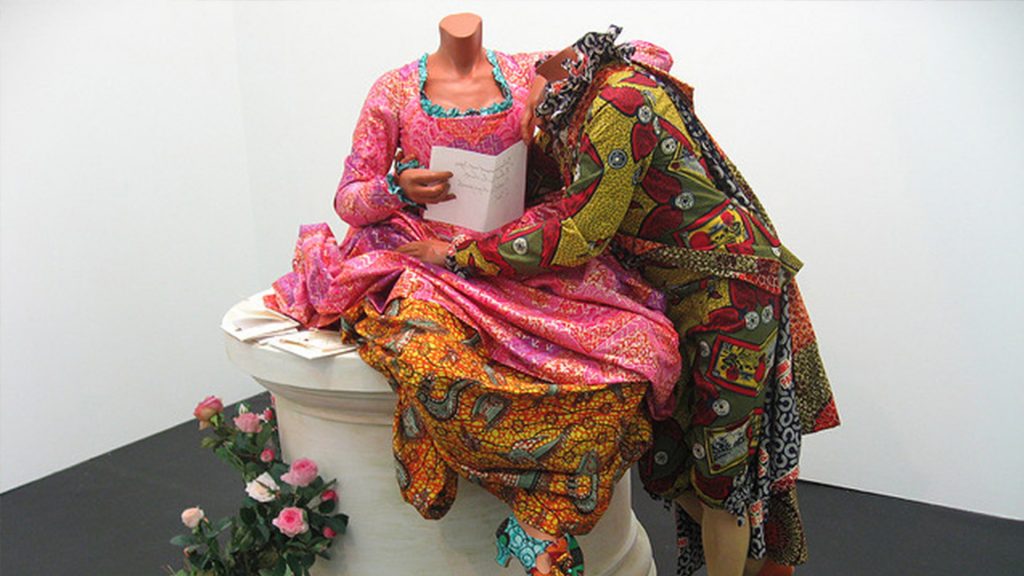Africa launched into this twenty-first century – a time when irony and anxiety beset our certainties and designs – with its own share of tumult and hope. Upon and around Africa curl layers of discourses, traces of courses and recourses. We expound how, why, and to what end Africa sees, reveals, believes, persuades, grows, nurtures, and, ultimately, endures. Africa’s situation can be approached – at this moment when the world, our common home, aches with vulnerability – through the duality of a warning and a promise.
The warning is none other than Walter Benjamin’s, addressed to his contemporaries: ‘Before the spark reaches the dynamite, the lighted fuse must be cut.’ In Africa, the powder is an exuberant youth (breathless at a walk but adamant of its right to run), material poverty, conflict, war, cultural holdovers, the irresponsibility of local bureaucracies, waves of migration, an unjust global financial system, and the marginalization of the African voice when the affairs of the world are being decided, whether medical, criminal, religious, military, industrial, or cognitive. This warning prompts us to take another look at the discourses of exculpation and self-satisfaction, so that Africa can calmly set out its moments of truth in this world that we all share.
The promise stands in opposition to those African and non-African discourses that, sweeping their panoptic gaze over the progression of history, and secure in their academic, military, financial, media, and technological power, declare and divine what Africa will be made of tomorrow. The promise takes care to distance itself, too, from the placebo effect of populist discourses.
How do this warning and this promise come together in today’s Africa, battling for its sovereignty amid an onslaught of biotechnological, digital, ecological, industrial, health, economic, political, and symbolic challenges? To walk the tightrope between the warning and the promise is at once a mise en scène and a mise en sens – a staging and a sense-giving. How can we sow the African stage with words and actions that have a sense?
To speak of a stage implies a space that, while defined by politics, evolves into a territory. To engage with the stage, we must be wise to the illusions and manifold misconceptions that may have formed it. As we are speaking of Africa, of its lavish geography, there is a story to be told and recitals to be given. As we look for the actors who take the stage, we discover the type of play that is performed (a comedy, a drama, a tragedy, or a tragicomedy). Who has written the script and fashioned the costumes? Who is in charge of the plot, the puppets, and the stage jesters? How strong are the cords that raise the curtain, and those that move the puppets? Who decides how the play will end? By what means does it provoke our indignation and rage, and first enliven then subdue our shouts or laughter? Who foots the bill when the performance is over? And who rejects the play, only to write another? How and for whom can we write a different play, without forgetting the actors and verses that came before? This stage of Africa, which we might transpose to the political, educational, cognitive, economic, or symbolic spheres, teaches us about where the continent stands today.

Yinka Shonibare’s ‘The Confession’ is modeled after Fragonard’s ‘The Love Letter’. Shonibare’s intellectual choices – the use of wax-print cloth that tied Europe to Africa and that figured in both the slave trade and economic colonialism, or the headless mannequins prefiguring the guillotining of aristocrats – as well as his art-historical references require decoding for both Western and African audiences. Photo Kirsteen, 2007. Creative Commons CC BY-SA 2.0. Now in the collection of W. George and Margot Greig. Commissioned by the Musée du Quai Branly for the exhibition “Jardin d’Amour.” © Yinka Shonibare MBE. Photo via Pressbooks@MSL
The production of intermittent euphoria
The African peoples, in all their diversity, have all known moments of euphoria. What is it that impels such emotions? And how are they impelled? Psychologically speaking, euphoria contains both a hope and an impetus. In Africa, hope is often attached to the agent, and to the content of the message that provokes the enthusiasm. It is the hope of seeing the future differently, and the impetus that drives people to move forward and move through, to have faith in themselves, and to construct a semblance of happiness or joy through sheer anticipation. Is this euphoria a translation of sublimation? What is the nature of this translation? What remains that can never be translated or sublimated?
There are some philosophers who regard enthusiasm as a poor counsellor. Hume associates it with superstition, two forces threatening to corrupt true religion. Viewed differently, enthusiasm is an opening act that defies the fear of the void: ‘There is in the enthusiastic man a universal receptivity, an ability to gather everything with a surplus of energy which spends itself just for the pleasure of acting.’ Get your custom MOON reading

















